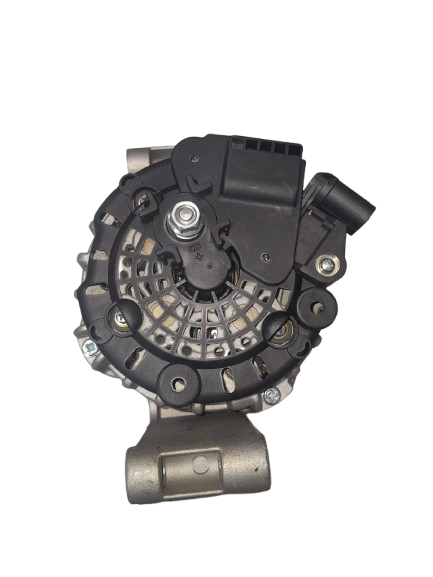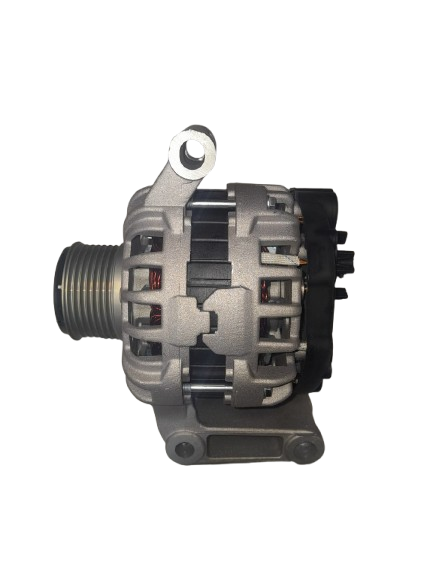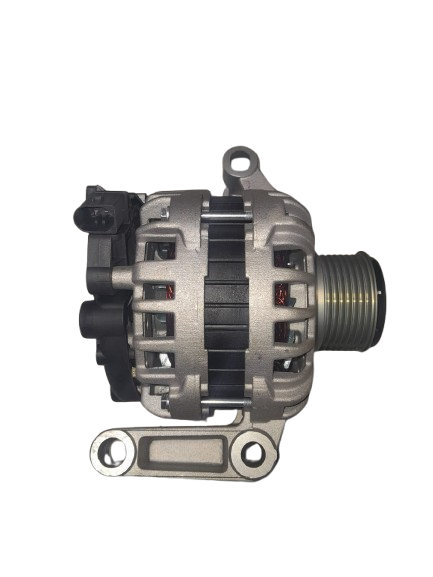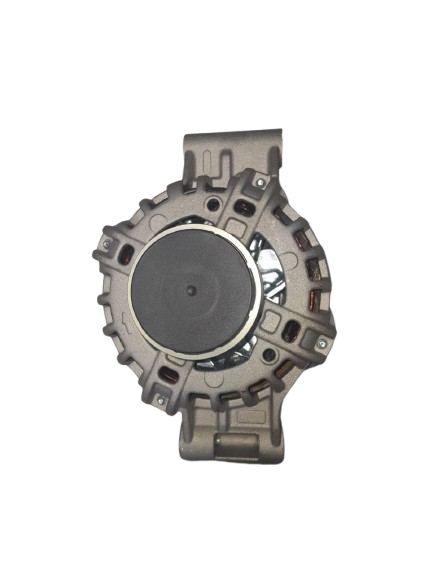



Overview
The alternator used in the Ford Ranger T6 2.2 and 2.3 models plays a critical role in the vehicle’s electrical and charging systems. It is responsible for converting mechanical energy from the engine into electrical energy to power the vehicle’s systems and recharge the battery. Without a properly functioning alternator, the battery will eventually drain, and the vehicle will lose the ability to run essential electronics or start the engine.
Specifications
The alternator typically operates at 12 volts and has a current output rating of approximately 110 amps, which is adequate for the Ranger’s standard electrical load. It features a 7-groove pulley design that connects to the engine’s serpentine belt system. Common part numbers for this alternator include AB39‑10300‑AF and AB39‑10300‑AE, which are compatible with both the 2.2L and 2.3L Duratorq TDCi diesel engines used in the T6 generation.
Function and Operation
While the engine is running, the alternator continuously charges the battery and supplies power to all of the vehicle’s electronic systems. This includes critical systems such as the engine control unit (ECU), fuel injection system, lights, radio, air conditioning, power windows, and more. It ensures that voltage levels are stable and sufficient to meet the vehicle’s needs. The alternator converts alternating current (AC) to direct current (DC) through built-in rectifiers and is regulated to avoid overcharging or undercharging the battery.
Common Symptoms of Failure
When the alternator begins to fail, several noticeable symptoms may occur. These can include dimming headlights, flickering dashboard lights, battery warning indicators, slow cranking, or a completely dead battery. In some cases, drivers may also experience stalling or difficulty restarting the engine. These symptoms are often the result of an underperforming alternator that is no longer supplying adequate power to the system or properly charging the battery.
Replacement Considerations
When replacing the alternator, it’s important to ensure compatibility with the Ranger’s engine and electrical system. The new alternator should have the same amperage rating, mounting bracket design, pulley configuration, and connector plug type. Most standard units feature a 2-pin plug. It is also essential to check the condition of the serpentine belt, battery, and electrical connections during installation. Using a higher output alternator (such as 150A or 240A) is an option for vehicles with high accessory loads, but for most stock Rangers, the 110A unit is sufficient.
Conclusion
The alternator for the Ford Ranger T6 2.2/2.3 is a vital component that ensures the reliable operation of the vehicle’s electrical and charging systems. Ensuring proper alternator performance is essential for maintaining the battery charge and powering onboard electronics. Whether replacing due to age, failure, or performance upgrades, matching the correct specifications and ensuring a quality installation will help maintain vehicle reliability and performance.
